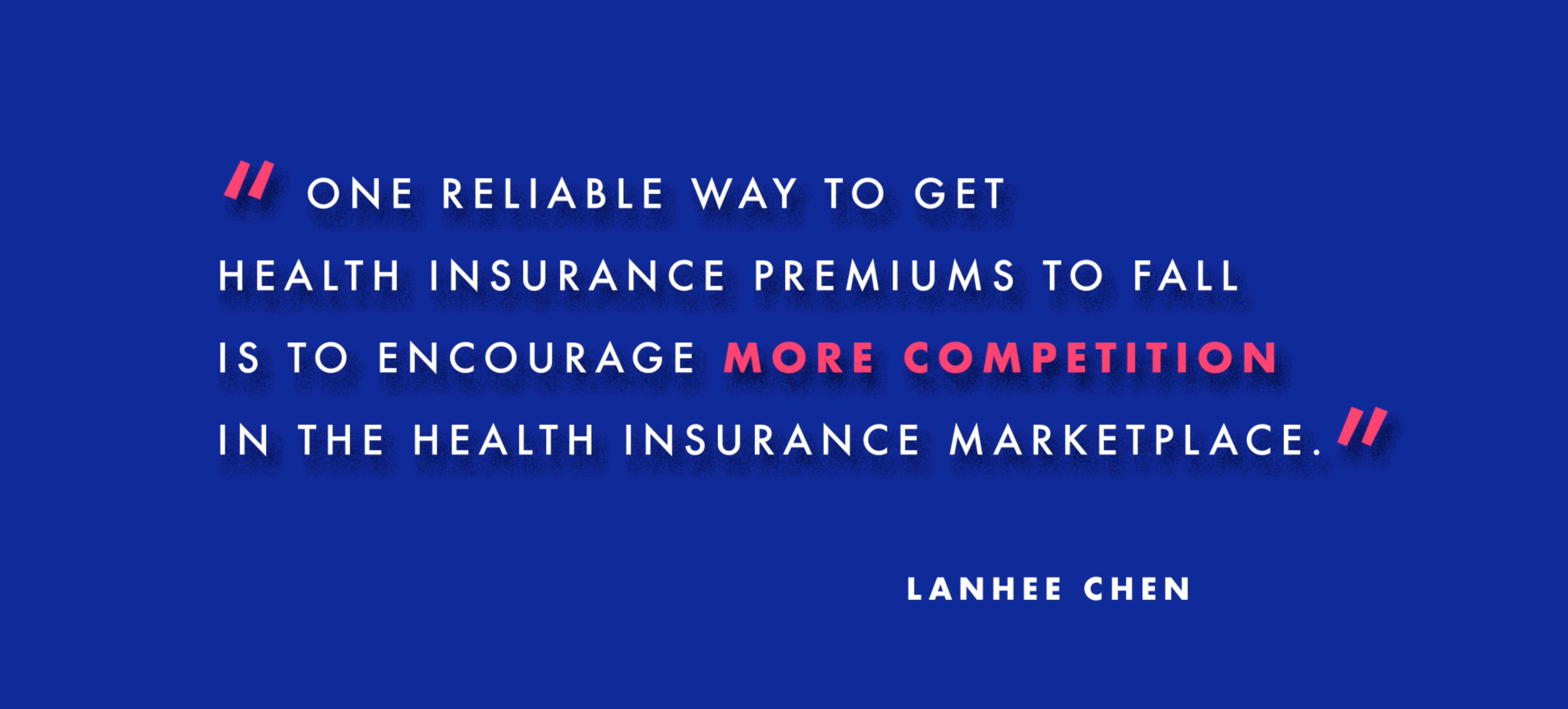Key Facts
The Republican loss of the House last November brought an official end (at least through 2020) to the party’s long campaign to repeal and replace the Affordable Care Act. The Democrats, despite their new majority, won’t be able to pass their health care agenda either, because the Republican president and Senate will block it.
That political stalemate could mean nothing gets done on health care for several years. But it doesn’t have to be that way. There are pressing problems that need attention—problems both parties agree on, such as inadequate coverage for many people below the poverty line, high premiums and an unstable market for individual insurance, and rising costs across the board.
Here are some ideas for starting the conversation:
"A Compromise on Medicaid. The ACA greatly expanded Medicaid, allowing states to cover citizens with incomes less than 138 percent of the federal poverty line. But many Republicans believe the law went too far and is too prescriptive on the states.
Market Stabilization and State Flexibility. The individual insurance market remains unstable in part because the ACA allows consumers to buy coverage without regard to their health status, but no longer provides a penalty for going without coverage. This combination of policies gives healthy consumers an incentive to forgo paying premiums until they know they will need to use the insurance, which leaves those who don’t drop coverage with higher costs.
Controlling Costs and Improving Value. Both parties agree that costs are too high, and that it is important to insist on better value for what is spent on medical care. There are a series of reforms which would build on existing efforts and accelerate the “value agenda.” In Medicare, beneficiaries should be allowed to enroll in Accountable Care Organizations in the same way that they can select Medicare Advantage plans for their coverage. This means expanded choices and lower costs for seniors. Further, the effort to “bundle payments” for certain high-volume procedures should be used to begin soliciting prices from the health systems supplying the services, to foster greater competition and price transparency. More educated consumers will create a more functional marketplace to bring down costs and improve the quality and value of care provided.”
Click here to learn more.

